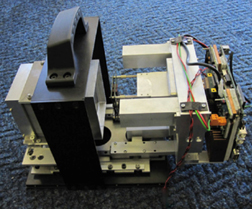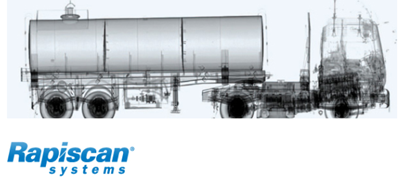Security

Portable Imaging Gamma-Ray Spectrometer (PGRIS)
A.J. Boston1, H.C. Boston1, S. Colosimo1, L.J. Harkness-Brennan1, D.S. Judson1, P.J. Nolan1, I. Lazarus2, J. Simpson2
1 University of Liverpool
2 STFC Daresbury Laboratory
The PGRIS project aims to develop a portable, hand-held, battery operated radiation detection system with both spectroscopic and imaging capabilities for a range of gamma-ray energies between 60 and 2000 keV.
Read more...

Time of flight X-ray imaging for security applications
D.S. Judson, P.J. Nolan, L.J. Harkness-Brennan, A.J. Boston
The detection of contraband, narcotics, firearms etc. requires improved technical solutions to enhance the identification of these materials at entry points and elsewhere. This project, led by Rapiscan Systems, aims to investigate the use of backscattered x-rays to produce a three dimensional image of the materials inside cargo that is being carried in vehicles or containers.